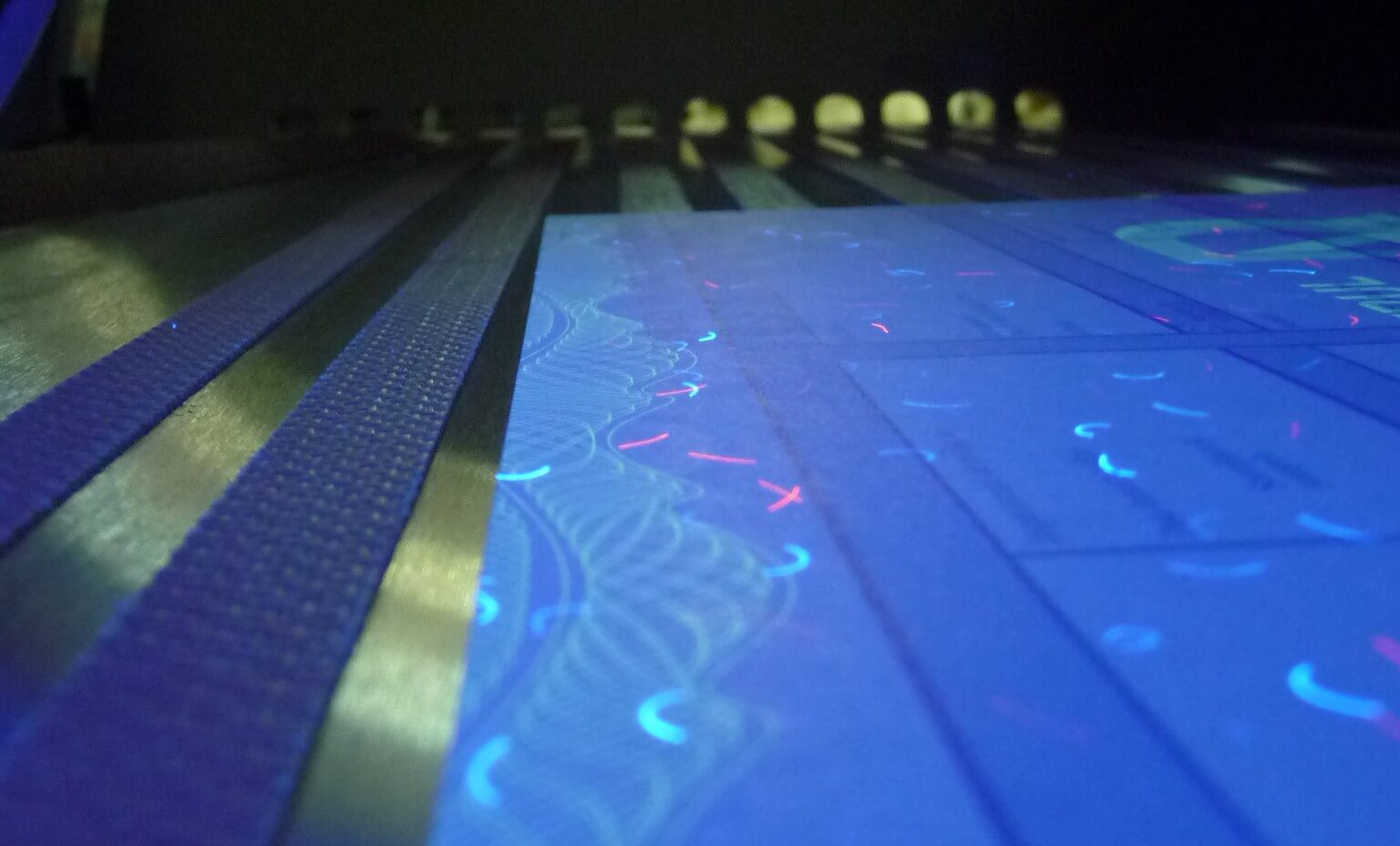In the realm of print media, offset printing stands out as a robust and adaptable solution. For business professionals seeking quality and precision, understanding the offset printing customization options is crucial. These options allow for tailored solutions that align with specific business needs, ensuring that printed materials not only meet but exceed expectations.
Offset printing, renowned for its ability to produce high volumes of prints with consistent quality, offers a plethora of customization options. From choosing the right paper type to incorporating unique finishes, these options are designed to enhance the final product and provide businesses with the flexibility they need to stand out in a competitive market.

Understanding Offset Printing
Before diving into the customization options, it is essential to grasp what offset printing entails. As a widely used printing technique, it involves transferring an inked image from a plate to a rubber blanket, then onto the printing surface. This method ensures high-quality prints with sharp and clean images, making it ideal for various applications.
Why Choose Offset Printing?
The choice of offset printing is often driven by its efficiency and cost-effectiveness, especially for large print runs. It produces vibrant colors and detailed images, making it a preferred choice for brochures, magazines, and marketing materials. For businesses, the ability to customize these prints further enhances their brand visibility and appeal.
Key Customization Options in Offset Printing
Paper Types
One of the primary customization options is selecting the right paper type. Options range from glossy to matte finishes, each offering a different aesthetic and feel. The choice of paper can significantly impact the perceived quality of the printed material, influencing how potential clients and partners perceive your business.
Ink Choices
In offset printing, the selection of ink is pivotal. Businesses can opt for standard CMYK inks or choose Pantone colors for more precise color matching. This flexibility ensures that brand colors are accurately reproduced, maintaining brand consistency across all printed materials.
Finishing Techniques
Finishing techniques add a layer of sophistication and uniqueness to printed materials. Options such as embossing, debossing, and foil stamping provide tactile and visual elements that can make a printed piece stand out. These techniques are often used in business cards and stationery to add elegance and professionalism.
The Role of Graphic Design in Customization
Graphic design plays a crucial role in maximizing the impact of offset printing. By integrating design elements with customization options, businesses can create visually appealing and cohesive materials. A well-designed piece not only captures attention but also communicates the intended message effectively.
Working with Graphic Designers
Collaboration with skilled graphic designers can help leverage the full potential of offset printing customization options. Designers can recommend the best combinations of paper, ink, and finishing techniques to achieve the desired outcome. For more insights on integrating design with offset printing, visit our page on offset printing and graphic design.
Industry Applications of Offset Printing
Magazines and Catalogs
Offset printing is extensively used in the production of magazines and catalogs. The technology’s ability to handle large print runs with consistent quality makes it ideal for these applications. Customization options allow publishers to create visually stunning publications that captivate readers.
Marketing Materials
For marketing materials like brochures and flyers, offset printing customization options provide businesses with the flexibility to create impactful promotional tools. By selecting the right combination of paper, ink, and finishes, businesses can ensure their materials effectively convey their brand message.
Offset Printing for Stationery
Stationery items such as letterheads and envelopes benefit from the customization capabilities of offset printing. These materials often require precise color matching and the ability to incorporate unique design elements, making offset printing a preferred choice. Learn more about how we cater to these needs on our offset printing for stationery page.
Business Cards
Business cards are a critical tool in professional networking. The ability to customize these cards using offset printing ensures they make a lasting impression. Options such as embossing and foil stamping can add a touch of elegance and sophistication, reflecting the professionalism of the business.
The Future of Offset Printing Customization
As technology advances, the customization options available in offset printing continue to expand. New inks, papers, and finishing techniques are being developed, providing businesses with even more ways to differentiate their printed materials. The future of offset printing is bright, with innovation driving new possibilities.
Sustainability in Offset Printing
Sustainability is an increasingly important consideration in the printing industry. Many offset printing providers are adopting eco-friendly practices, such as using recycled papers and soy-based inks. These initiatives align with the growing demand for sustainable business practices and offer businesses a way to reduce their environmental impact.
Conclusion
In conclusion, the offset printing customization options available today offer businesses a wealth of possibilities to create high-quality, tailored printed materials. By understanding and leveraging these options, businesses can enhance their brand presence and effectively communicate their message to their target audience. Whether its through unique paper choices, precise color matching, or sophisticated finishing techniques, the potential of offset printing is vast and continually evolving.

FAQ
What is the main advantage of offset printing?
The main advantage of offset printing is its ability to produce high-quality prints in large quantities at a cost-effective rate, making it ideal for commercial printing needs.
How does offset printing differ from digital printing?
Offset printing uses plates to transfer images, resulting in high-quality and consistent prints, while digital printing is more suited for short runs and offers quicker turnaround times.
Can offset printing be eco-friendly?
Yes, many offset printing companies are adopting eco-friendly practices, such as using recycled paper and soy-based inks, to reduce their environmental impact.
This article contains affiliate links. We may earn a commission at no extra cost to you.







